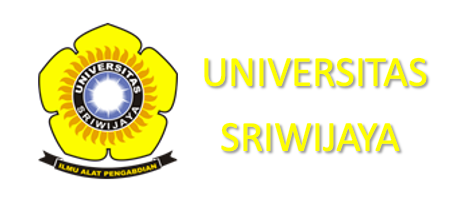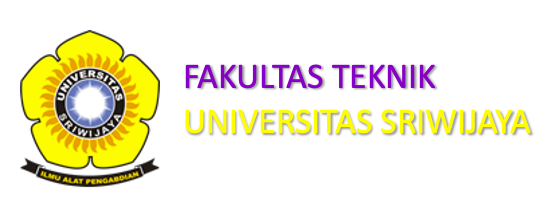POLA STRUKTUR DAN MINERAL ALTERASI PADA FORMASI GRANIT PRA- TERSIER, DAERAH KOTA BATU, LAMPUNG
Abstract
ABSTRAK: Daerah penelitian terletak di wilayah Kota Batu. Secara keseluruhan Kota Batu didominasi atas batuan granit berumur Kapur Akhir yang diobservasi telah mengalami deformasi tektonik yang kompleks. Penelitian ini menerapkan pemetaan geologi secara konvensional dan difokuskan pada pengukuran elemen-elemen struktur serta identifikasi terhadap mineral alterasi untuk mengevaluasi hubungan genetik dari keduanya dalam pola persebaran zona alterasi di daerah telitian. Observasi lapangan dilakukan dengan pengukuran komponen struktural, sementara dalam tahap laboratorium menggunakan analisis petrografi pada sayatan tipis batuan, sampel mineral alterasi dikumpulkan dari singkapan batuan yang tidak mengalami proses pelapukan. Interpretasi dari kenampakan DEM (Digital Elevation Model) pada tahap pra-lapangan dijadikan dasar untuk mengetahui pola utama yang menjadi kontrol struktur serta membedakan batuan granit dari unit batuan lain pada daerah telitian. Hasil dari identifikasi lapangan menunjukkan kenampakan batuan granit yang mengalami rekahan dengan sejumlah singkapan yang telah terisi oleh urat kuarsa (ukuran diameter 0,5-20 cm) sebagai hasil dari gash farcture. Analisis dari rekahan menunjukkan pola arah Barat-Timur (N268oE) dimana pola tersebut searah dengan pola umum penambahan intensitas zona alterasi (N260 oE). Perubahan dari batuan granit tersebut dipengaruhi oleh larutan hidrotermal yang melewati jalur rekahan pada daerah telitian dengan kehadiran mineral penciri alterasi seperti klorit, serisit, kuarsa, epidote dan mika putih.
Kata Kunci : Granit, Fracture, petrografi, alterasi hidrotermal.
ABSTRACT: The present study is located in the Kota Batu region, in which the Cretaceous granitic exposures show complex tectonic deformation . This work employed a conventional geological mapping that has been focused on the measurement of structural elements and the identification of mineral alteration in order to evaluate their genetic relations to patterns of alteration zone. The field investigation and measurement of structural components used some basic geological equipment, whilst petrographic analysis of mineral alteration utilized thin-sections of several samples collected from relatively fresh outcrops. Interpretations of Digital Elevation Model (DEM) were undertaken in the pre- field work to recognize major alignments that may represent structural controls and to discriminate granitic blocks from other rock units in the entire region. Results of ground surveys reveal that granites are fractured and a number of outcrops are apparently filled in by quartz veins (approximately 0.5-20 cm in diameter), suggesting the occurrence of gash fractures. Analysis of fractures results in the NW-SE pattern (N268oE), which is coincident with the common trend of mineral alteration zone (N260oE). The alteration of granites due principally to the passage of hydrothermal fluids through fractures in the study area is characterized by the presence of minerals such as chlorite, sericite, quartz, epidote, and white mica.
Keywords : Granite, Fracture, Petrography, Hydrothermal alteration.





